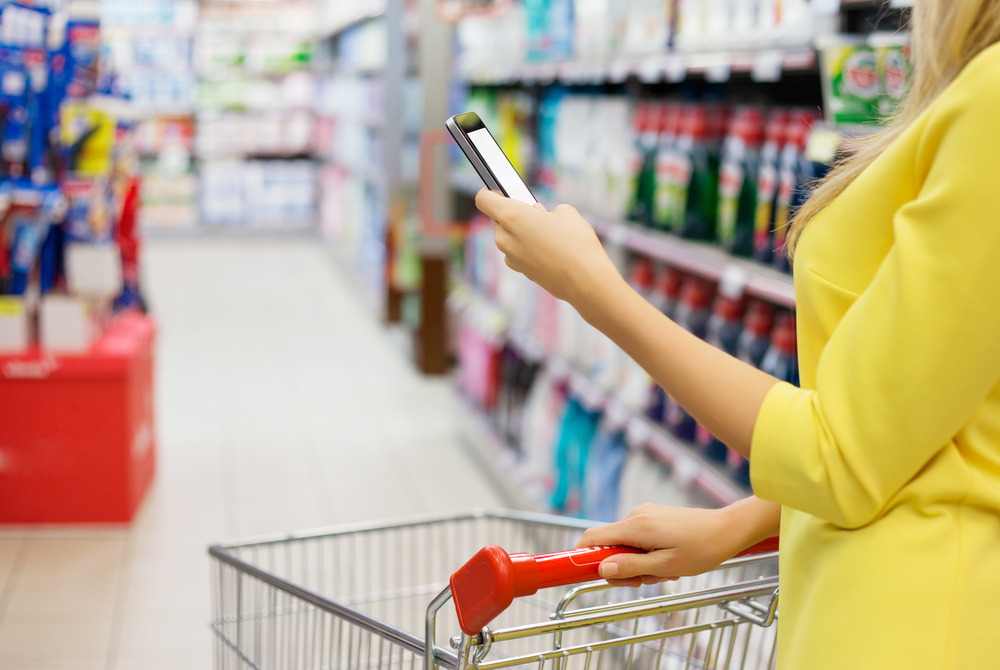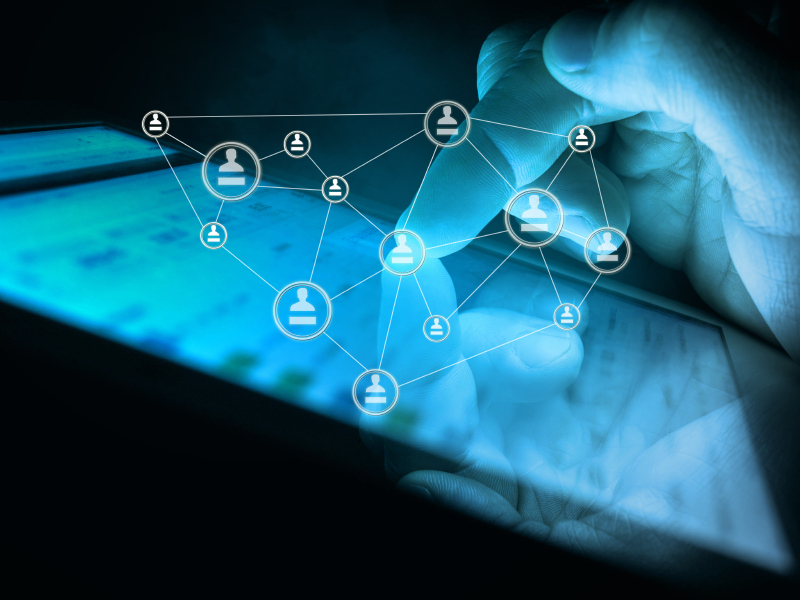
BEACON TECHNOLOGY AND MOBILE MARKETING
If you live in a first-world country, chances are that most of your daily activity takes place indoors. Consequently, it might not be possible to use GPS to get accurate locational information. Beacons are a low-cost piece of hardware powered by Bluetooth Low Energy (BLE). Their main purpose is to provide an inexpensive way how to accurately target individual smartphone or tablet users and send messages or prompts directly to their devices.Even though they are still in their infancy, ABI Research estimates suggest 3.9 million BLE beacons shipped globally in 2015. That’s because retailers, manufacturers, hotels, educational institutions, and governments see how transformative they could be for logistics, customer engagement, and information transmission.
Companies like Zebra are leading the way with innovative products like MPACT. Zebra’s marketing site states “MPact is the only indoor locationing platform to unify Wi-Fi and Bluetooth® Smart technology, improving locationing accuracy, while allowing you to connect to the most possible customers and capture more analytics and insight. Service is re-defined through impactful interactions with customers via the one device they almost always have in hand – their mobile phone. The result? Instant visibility into where customers are in your facility – and the ability to automatically take the best action to best serve each customer at any time during their visit.”
According to ZDNet, the largest retail deployment of beacons to date was carried out by drug store chain Rite Aid. The company recently announced a distribution of proximity beacons in each of its 4,500 U.S. stores.
Statistics from Swirl, Mobile Presence Management and Marketing Platform, explain why: Relevant mobile offers delivered to smartphones while shopping in a store would significantly influence likelihood to make a purchase for 72% of consumers. What’s more, 80% of consumers would welcome the option to use a mobile app while shopping in a store if that app delivered relevant sales and promotional notifications. That’s a staggering improvement when compared to traditional push notifications, which are opened only about 14 percent of the time, according to mobile advertising firm Beintoo.
As more retailers implement beacons to offer flash sales, provide customers with more product information, and speed up the checkout process, we can expect a dramatic rise in the rate of their adoption. A report from BI Intelligence says that “US in-store retail sales influenced by beacon-triggered messages will see a nearly tenfold increase between 2015 and 2016, from $4.1 billion to $44.4 billion.”
Mobile marketers and developers will have to learn new tricks to fully capitalize on the wealth of opportunities that the beacon technology presents.
